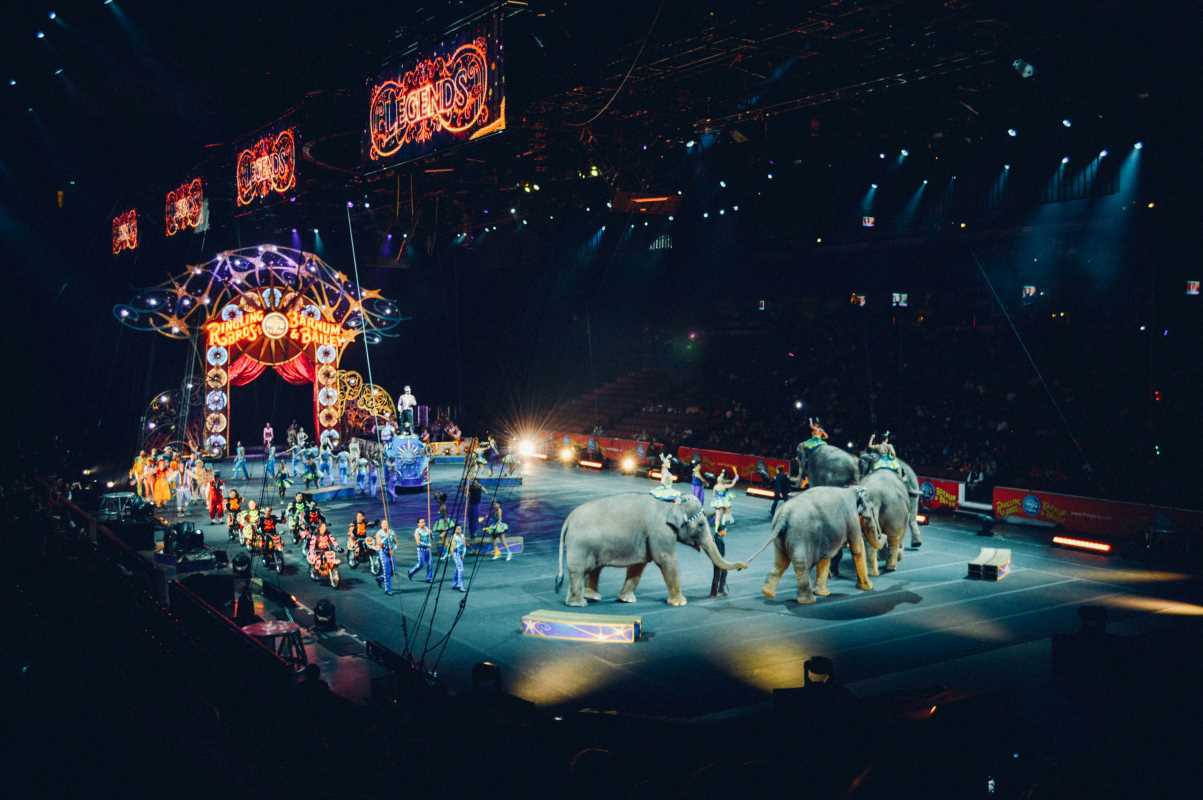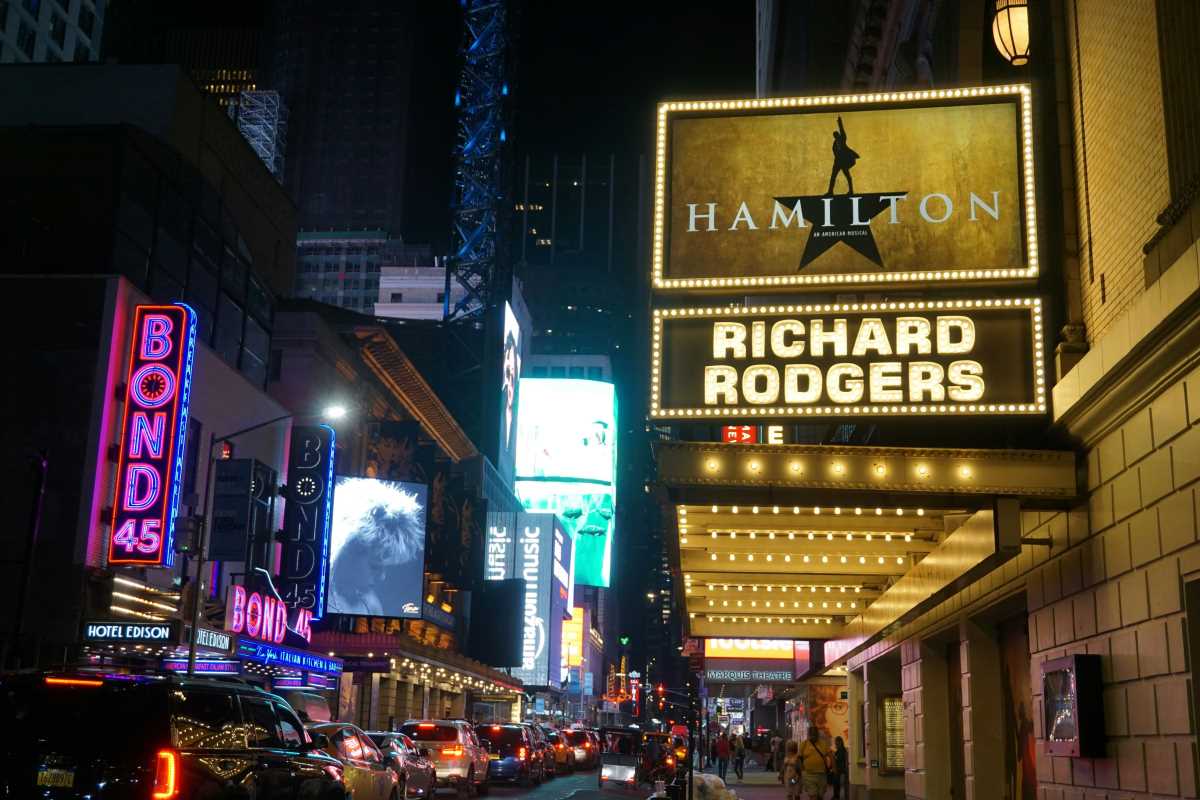Colorful tents and lively music signal the arrival of the circus, a spectacle that has fascinated audiences for generations. Crowds gather under the big top to witness astonishing acrobatics, mesmerizing illusions, and a showcase of customs that reflect rich cultural backgrounds. Each performance brings together dramatic storytelling, impressive athleticism, and cherished traditions, leaving a lasting mark on towns and cities worldwide. This journey reveals how circus arts have developed over time, blending history and entertainment in ways that delight and astonish all who experience them.
With roots stretching back centuries, circus traditions have grown from humble street performances to grand spectacles that blend artistic expression with cultural storytelling. They offer mesmerizing acts that provide a window into diverse histories while celebrating the universal love for wonder and excitement.
Origins and History of Circus Traditions
Early itinerant troupes and traveling shows laid the groundwork for what we now celebrate as circus arts. In ancient civilizations, performers combined animal acts, acrobatics, and theatrical displays to entertain audiences at local gatherings and festivals. Over time, these events gathered influences from various cultures, creating a rich tapestry of performance art that transcends borders.
Influences from Eastern and Western performance arts shaped the evolution of circus traditions, blending magical illusions with death-defying feats. This historical journey reflects not only the changing tastes of audiences but also the ability of these acts to adapt and reinvent themselves across different eras.
Unique Circus Acts Around the Globe
Modern circuses continue to innovate by combining traditional elements with creative spectacle. Across continents, performers push the boundaries of human ability, showcasing a blend of athleticism, illusion, and storytelling that captivates diverse audiences.
The variety of circus acts brings together performers from different backgrounds, each contributing unique skills that make every show a distinct celebration of artistry. The following list highlights some standout performances from around the world:
- Aerial silk performances from Spain that blend athletic grace with delicate choreography.
- Fire-breathing acts in India that fuse ancient myths with modern spectacle.
- Knife-throwing and balancing feats from Eastern Europe that reveal exceptional precision and courage.
- Animal-free shows in North America that focus on human dynamics and innovative stagecraft.
- Acrobatic dance routines in South America that mirror cultural festivities and vibrant local traditions.
The Sensory Experience: Sights, Sounds, and Tastes
Attending a circus presents an immersive experience that engages every sense. The visual feast of sparkling costumes, elaborate set designs, and dynamic lighting transforms the arena into a living, breathing work of art. Each act contributes to a vibrant collage of motion and emotion that leaves lasting impressions.
The immersive sounds of heart-pounding music, synchronized applause, and the occasional roar of excitement interweave with tantalizing aromas to create a multi-sensory delight. Many circuses incorporate culinary treats that embody local flavors, offering a taste of the culture alongside the performance.
- Brilliant light displays that playfully interact with the performers’ movements.
- Rhythmic and energetic soundtracks that elevate the drama and emotion of each act.
- Street food staples like spicy skewers and freshly baked pastries, reminiscent of cultural fairs, available during intermissions.
- The subtle scent of popcorn and roasted nuts that enhances the festive atmosphere.
- The tactile thrill of daring performances that leave audiences breathless and eager for more.
The Modern Resurgence of Circus Arts
In recent decades, the world has seen a lively revival in the realm of performance art, with producers integrating traditional elements with fresh narratives and innovative technology. Contemporary circus groups creatively reinterpret classic routines while honoring the spirit of historical entertainment. These evolving techniques still honor the rich heritage of circus traditions in every act.
Modern circuses focus on storytelling and emotional resonance, inviting the audience to connect with performers on a deeper level. By combining artistic risks with technical expertise, these shows have maintained their global popularity and carved new paths in live entertainment.
Circus Traditions and Food Culture
The link between performance art and culinary delights sparks lively encounters at circus events. The camaraderie and communal atmosphere of traditional circus fare add to the overall experience, as local dishes often take center stage during festivities. Visitors enjoy a medley of flavors that reflect the diverse cultural influences behind the acts, turning every show into a celebration of community and heritage.
This connection between culinary arts and live performance highlights how entertainment platforms serve as hubs for cultural expression. Guests savor regional treats that echo local customs and festivities, encouraging them to embrace the lively ambiance of circus traditions in an engaging and unexpected way.
The Global Appeal: Festivals and Trends
Circus arts continue to thrive worldwide through renowned festivals in Europe, Asia, and the Americas. These events blend classic spectacle—tightrope walking, illusion, acrobatics—with modern twists and bold stage design. New trends spotlight cultural fusions, audience interaction, and tech-driven performances, bridging generations and revitalizing tradition.
The enduring magic of the circus unites people through shared wonder and creativity.
 (Image via
(Image via





